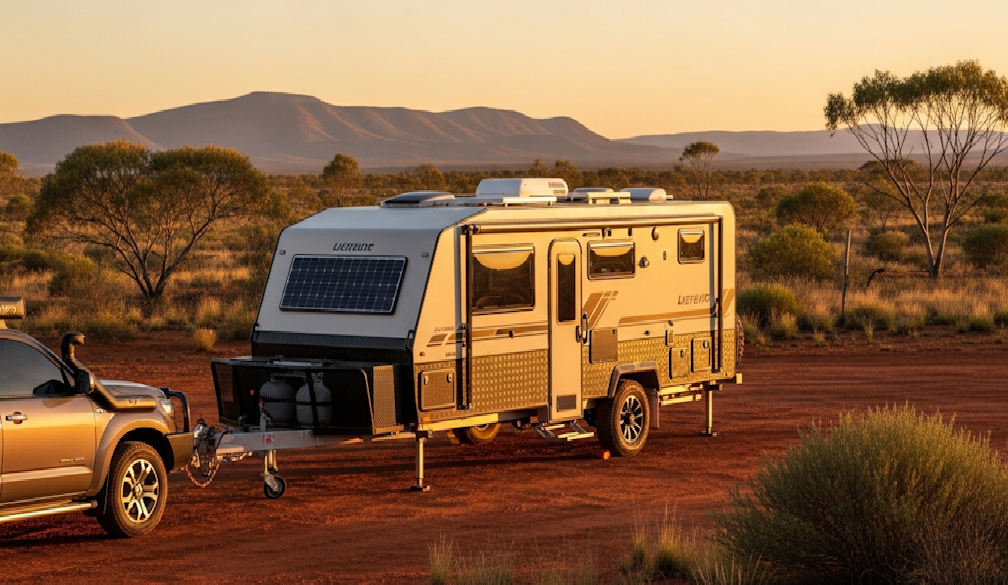About half of all serious weapons-related violence in Australia happens at home as part of domestic and family violence.
The weapons most used in these incidents are kitchen knives.
Yet new laws around the country overwhelmingly focus on public knife offences: most states and territories have toughened rules on carrying knives in public and strengthened age restrictions on the sale of knives.
Read more:
Is Australia becoming a more violent country?
Most also now allow police to use metal detector wands to aid enforcement, targeting mainly young people in public places.
But these laws do nothing to address knife violence at home.















